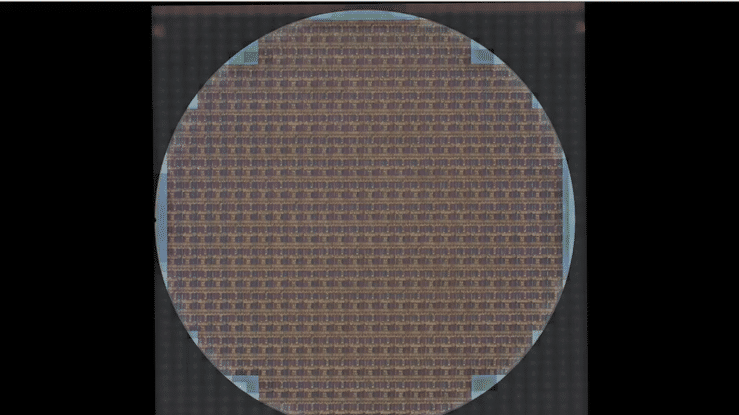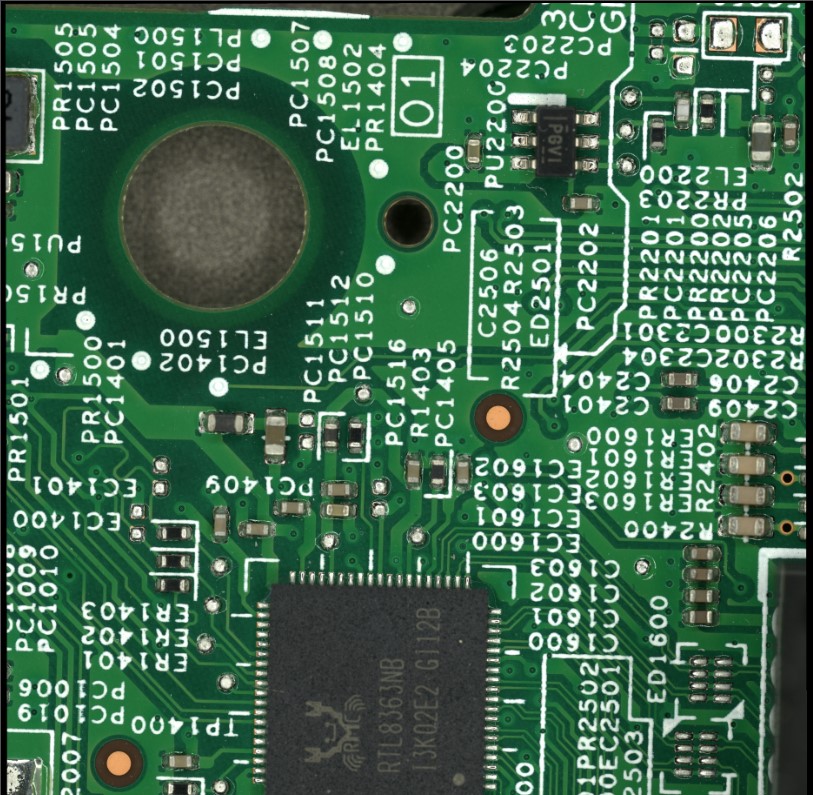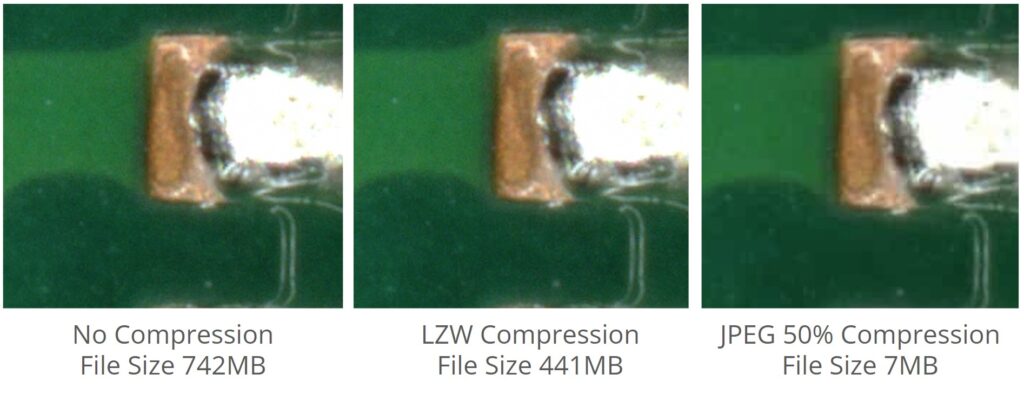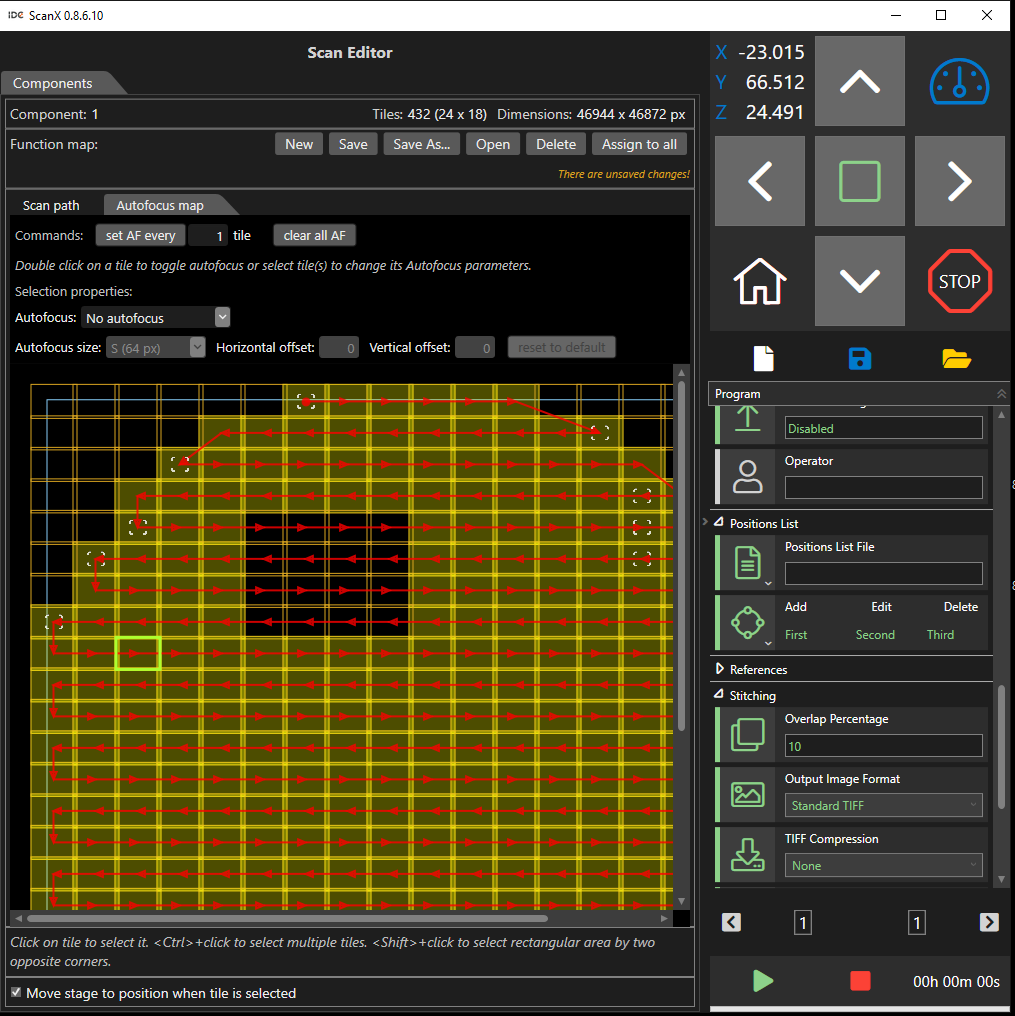Digital microscopes typically take and record images using JPEG or TIFF file formats. If desired, image compression algorithms are then applied. Here are the main benefits.
- Reduce your file size without losing noticeable resolution. This is especially helpful when storing lots of images or stitching large images.
- Make opening and navigating within large image files easy.
Image your whole surface while maintaining your resolution

Using smart image compression techniques will allow you to zoom in on a large surface. The resolution will be maintained and the image will be easier for viewing programs to handle because of the reduced file size.
Options for Image File Type
Here are the main options we offer for file type. These options below show that the user is using ScanX scan automation software to acquire the images. Learn more about this software here.
| Can be taken by ScanX and be opened in VHX software | File size limitations for opening in VHX software | File size limitations for opening in external software | |
| VHX Compatible TIFF | Yes | <21k x 21k pixels | <4GB |
| Standard TIFF | No | N/A | <4GB |
| JPEG | No | N/A | <65536×65536 pixels |
| Pyramidal TIFF | No | N/A | None |
| Big TIFF | No | N/A | >4GB |
Only “VHX Compatible TIFF” files can be taken by Peak Metrology’s ScanX software and then reopened for measurement within the standard Keyence VHX software. These files also have to be <21k pixels in size.
Note that individual images taken via the standard VHX software or ScanX software are the same size. Both in pixel count and image file size (Bytes).
Compression Options for Image File Size Reduction
Only ScanX software provided by Peak offers image size reduction while capturing images using a VHX microscope from Keyence. This is important for users that are collecting lots of images. It is also important for users that are stitching large images together. Smaller file sizes means that storing the images takes less space and time. It also means that the images can be opened and observed much faster. The table below shows the image compression options that Peak offers using the stitched PCB image as an example.

Showing a stitched image of a PCB. The image contains 48 individual images stitched together. It is 15950 x 15878 pixels in total size.
| Image File Size | Image Size Savings Factor | Image Resolution Loss | |
| No Compression (Standard TIFF) | 742Mb | 0 | None |
| LZW (TIFF) Compression | 441MB | 1.7x | None |
| LZW (JPEG) Compression | 286MB | 2.6x | None |
| 50% (JPEG) Compression | 7MB | 106x | Minor |
This table above shows that there are significant file size savings to be had by incorporating image compression algorithms into the image acquisition process.
What does image resolution loss look like after compression?
Here are zoomed in images showing the resolution loss for the compression options above. (Note that there is no image quality differences between LZW TIFF and LZW JEPG).

The image above is showing a zoomed in section of the image. Using 300x zoom. No resolution losses can be identified in the 3 different images.

The image above is showing a zoomed in section of the image. Using 1000x zoom. The image on the right is starting to show the resolution loss as a result of the compression algorithm used.
Putting it all together
Using ScanX scan automation software from Peak not only automates your image acquisition process but it also provides a lot of flexibility when it comes to storing and opening image files. The software is ideal for users that are storing a lot of images or that are stitching large image files. It makes saving these files faster and easier, and also improves the user’s ability to open and observe the images quicker and easier.

Showing the ScanX software interface. This interface is developed by IDC MicroInspection and is available through Peak Metrology.
In partnership with

For more guidance and consultation on selecting the right software for your microscopy application reach out to us.